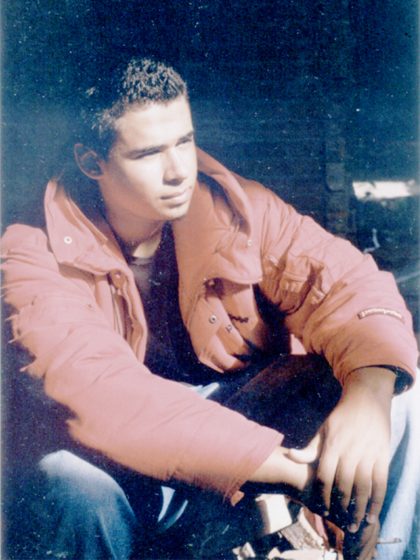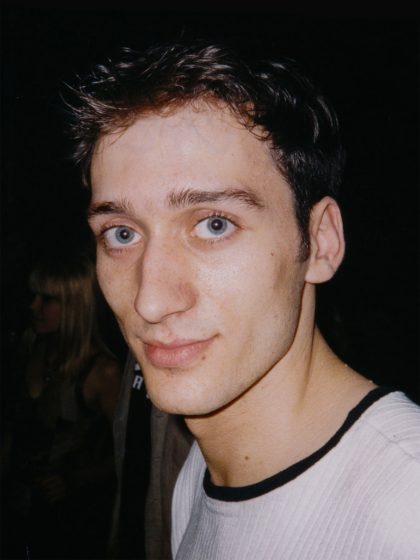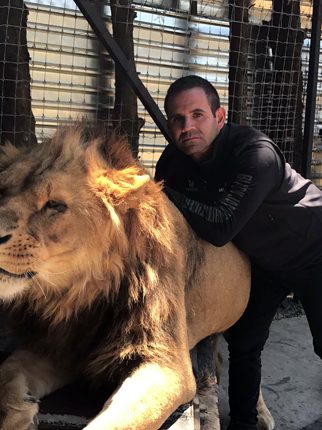The Night I Fell in Love With Dance Music: Lina Lecaro
Lina Lecaro has been writing about music in Los Angeles and beyond since she was a teenager growing up on the eastside of town. Lecaro got her first internship at LA Weekly when she was still underage, and from there delved into the local goth, punk and rock scenes, hitting up the early incarnations of Coachella, hanging backstage at the first Lollapalooza, and seeing massive acts like Guns N’ Roses when they were still playing the Sunset Strip. She ultimately became a nightlife columnist for the Weekly, covering all genres of music and contributing to outlets including the Los Angeles Times, Rolling Stone and Paper magazine.
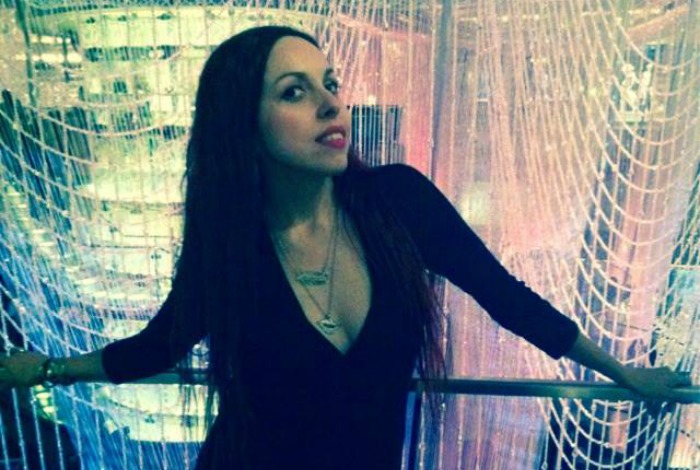
“I always knew that this is the world I wanted to be a part of and that I wanted to share with others,” she says, “and that hasn’t changed.”
Lecaro’s early adventures through L.A. nightlife coincided with the city’s then burgeoning underground warehouse scene. It was here that Lecaro’s music vocabulary expanded to include dance music. Here, she tells the story of her first rave.
How did you get into raves and electronic music?
I was maybe 20 years old and was living in my first apartment on Beachwood in Hollywood. My friend was dating this guy, and he was like, “Have you heard about these cool, underground rave parties?” We were like, “What’s that?” He was like, “There are these parties that happen in warehouses, and the music is really weird.” We were like, “Let’s check it out.”
How did you find your event, with the scene being so below-the-radar at the time?
We loved the mystery of it, because it was the whole map-point thing. I remember we called a number—this was in the time of rotary phones—and got a message that said, “Meet at the corner of Melrose and La Brea.” We went there, and someone was there dressed in a Dr. Suess hat or something. It was like, “What is this craziness?” The guy gave us a piece of paper that said to go to this other place, and we went to that other place, and ultimately we ended up at this warehouse downtown. This was really rogue. I remember walking through a chain-link fence that had a hole cut into it. My sweater got caught on it. It was really DIY.
Someone had literally cut a hole in a fence so they could have the party in there?
Yes!
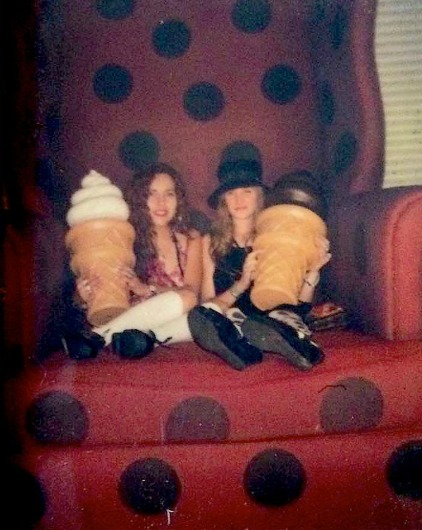
Damn. What happened once you got inside?
We walked into the warehouse, and it’s just amazing, with black lights everywhere and music pumping. There was an abandoned school bus with dayglo fingerpaints, and everyone was painting each other’s faces and bodies and the bus. My friend and I still talk about this party as this sort of magical night. The feeling in that warehouse was super high. Magical. There were really high ceilings, and they had attached homemade tire swings up really high. My friend decided it’d be a good idea to go on the swings, and I remember watching her swing back and forth, thinking she could die. It was really dangerous. This party was called Willy Wonka’s Chocolate Factory; it was one of those seminal rave underground parties.
What was your take on the music?
I’ll be honest: I wasn’t always into electronic music. I always loved synthy, ‘80s-style music, but these parties opened my mind and allowed me to get into it. It made me love that music to the point that when I’d hear it later, something inside me would turn on, like a flashback.
Did you then immerse yourself in the scene, after having this sort of transcendent experience?
From that point forward, every weekend we went to an underground. Every single weekend. It was $20 a ticket, and I couldn’t really afford it back then, but I would save the money because it was worth it for me. It was all we looked forward to.
What was your impression of the crowd, coming from more of a goth and punk rock world?
I loved it. It was like Disneyland. My roommate at the time, Stephanie, when we started going out we realized that a big component was blacklight, to the extent that when we went shopping for clothes at Jet Rag, we would buy ‘70s dayglo Hawaiian dresses and super-bright vintage clothes. They had to be blacklight tested. In our apartment, we had this little hallway that, if you closed all the doors to the bedroom, it would make a little cubicle. We would put blacklights in there and put on our little outfits to make sure they glowed enough. We were so into it.
Was this informing the work you were doing as a music journalist?
I didn’t write a lot about that scene, even though I was writing about music a bit already, because I respected that a lot of the things we were doing were considered underground. It wasn’t like I was going to be writing about it for the Weekly.
Is there a particular track that sums up that time of your life?
“James Brown Is Dead” by L.A. Style. Also “Pump up the Volume.” We were listening to a lot of MARRs FM, this radio station that was playing really cool, new music, like hardcore techno stuff. They didn’t last very long.
How long were you going out like this?
A few years. Actually, what I really thought was interesting, and when I did start writing more about it, was that I started to see it break through the underground and go from warehouses to sort of cheesy restaurants in a bad parts of town, to actual clubs. I remember Sunday Love at Dragonfly, and there was the after-hours Does Your Mama Know at the Coconut Teaszer.
When it was at a crazy place, you had to be there. They did a rave at the Citadel Outlets mall. Amazing. There was one at a petting zoo. And then they’d always get broken up, and we’d end up at a place called the Casa, which was downtown near the freeway. There was one time they did a rave on the boat to Catalina Island. We were dancing our asses off on the boat all night, and then you get to Catalina Island. The rave was in the casino there, and then we literally just slept on the beach all morning. It was nuts.
Stories like this make me so deeply envious.
I don’t go to EDC or any of these big events now, but when I see pictures and hear about them, I think it’s the same level. Maybe it’s in one venue, but it’s that level of everyone together, going nuts. Maybe the venues aren’t as unusual, but I feel it has that same energy as those early parties.
I’m still doing what I do because I’m not jaded and hope I never will become jaded. When I see kids at any of the big EDM events, maybe the fashion isn’t my cup of tea, or even the newer, big-production music like Tiësto and all that stuff. I’m not necessarily into all that, but I think back to what it was like for me when I was first getting into it, and I don’t judge it. I was having such a good time, and these kids are having such a good time. More power to ‘em. I would’ve hated for someone to judge me for my love and my experimentation with these types of events and music and gathering with a lot of people and having a great time. I’m still all about that.
Follow Lina Lecaro on Twitter

